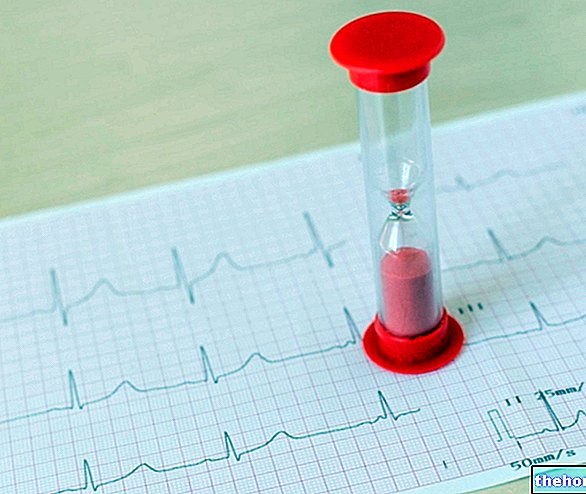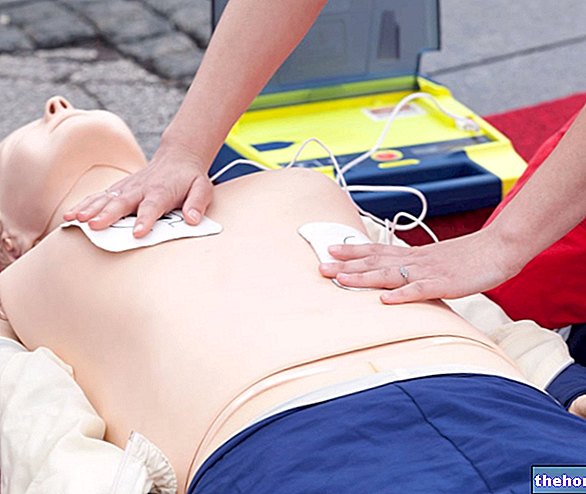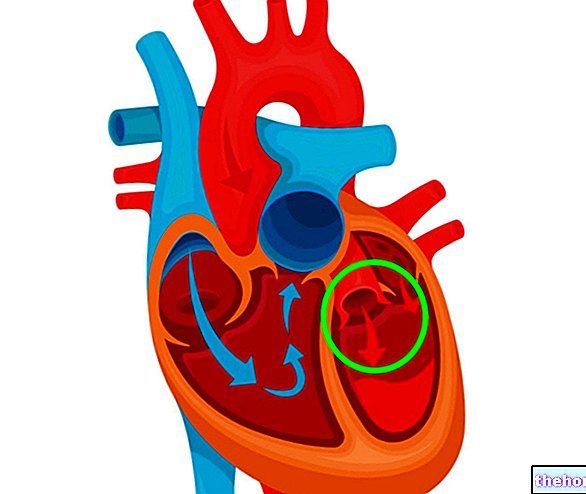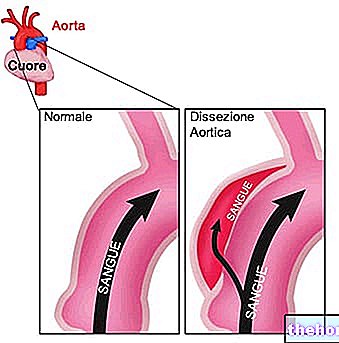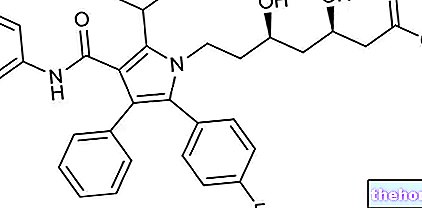In the belief that "numbers" are the pillars of Fitness Science and Sports Medicine, below I have presented the internationally validated formulas for determining the Maximum Heart Rate and Physical Exercise Prescription.

1) HRmax → (220 - age in years)
2) HRmax → (226 - age in years) for the female sex
3) HRmax → (227 - age in years) for the female sex
4) again to evaluate the maximum heart rate, other researchers propose a different formula for adults:
maximum heart rate → 210 - (0.5 x age in years)
5) Yet another "formula according to Liesen et Al .:
training heart rate → (180 b / min-age in years) + 5 beats for each decade of age starting from the third decade of life
6) HRR (Heart Rate Reserve) or Karvonen's Formula also called heart rate reserve formula
→ [(220 - age - RHR) x% of chosen intensity] + RHR
7) Ball State University formulas, very popular in the States:
maximum heart rate → 214 - 0.8 x (age in years) for men
maximum heart rate → 209 - 0.7 x (age in years) for women
8) Formula of the "pulse rate" according to Martin et.Al:
training heart rate → HRmax - (0.45 x HR at rest)
9) Tanaka formula:
maximum heart rate → 208 - (0.7 x age in years)
10) Mellerowicz formula:
maximum heart rate → (170 b / min - age in years) for adults
maximum heart rate → (180 b / min - age in years) for the youngest
11) Cerretelli's formula, for both sexes:
maximum heart rate → 216 - (1.1 x age in years)
12) Formula for determining the optimal and subjective training HR:
training heart rate → HR rest + 0.6 x (HRmax - HR rest)
13) Formula for calculating the HR training in swimming:
[(% HRmax prescribed) x (HRmax -13 *)]
* where 13 is a fixed correction factor
14) The Conconi test, a test with increasing loads, correlates to alleged Anaerobic threshold la alleged HRmax detected in the so-called deflection point; however, this is not correlated with the estimated HRmax in sedentary tests.
This test cannot therefore be taken as a model for a FT (Fitness Test), but only for athletes, and also with reservations.
N.B. For the prescription of the intensity of exercise it is always and in any case, as a general rule, to never exceed 200 bpm in both males and females.
Bibliography:
M.Armeni: "A.C.S.M.-I.S.S.A. Research Manual" 2001-2007s

